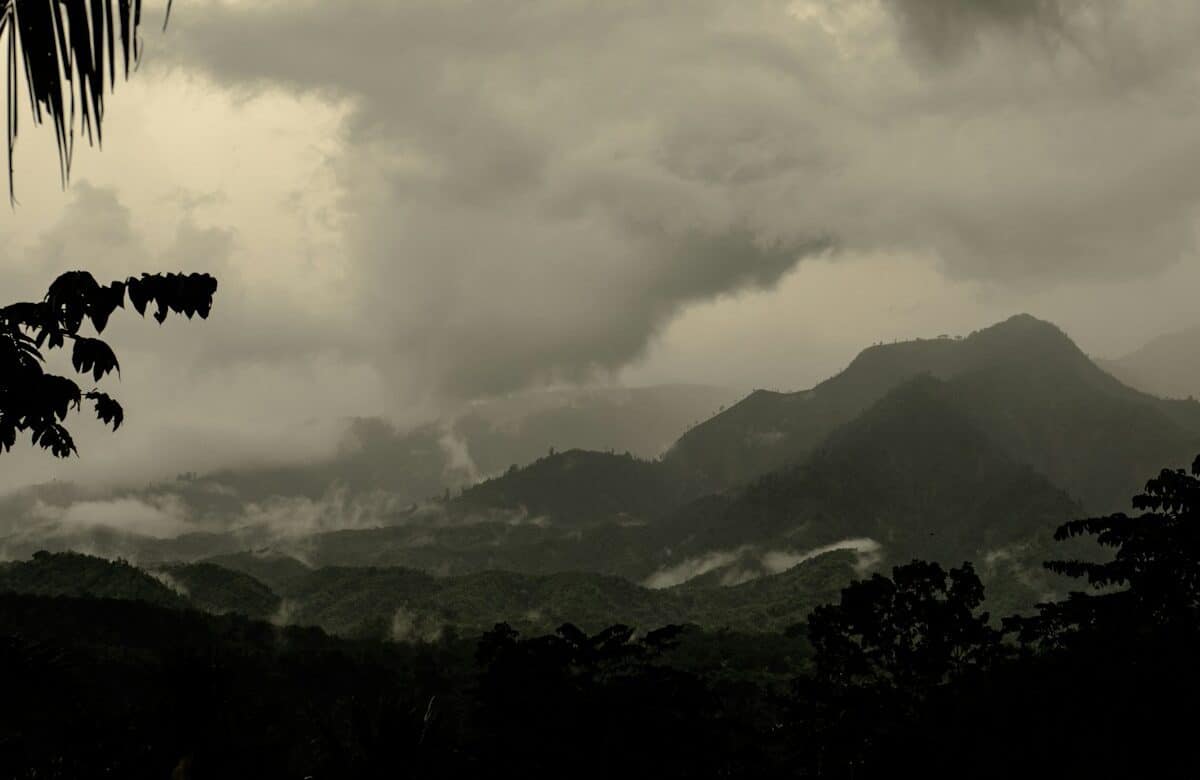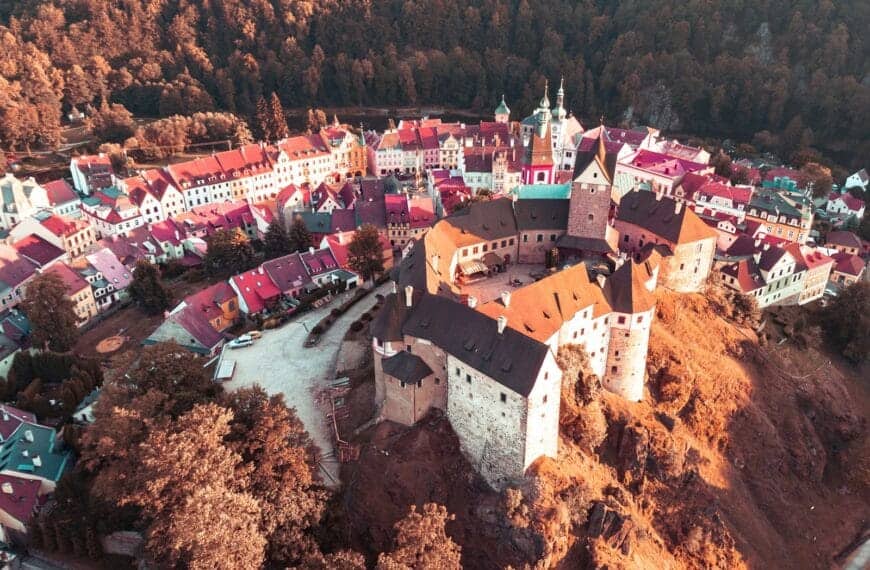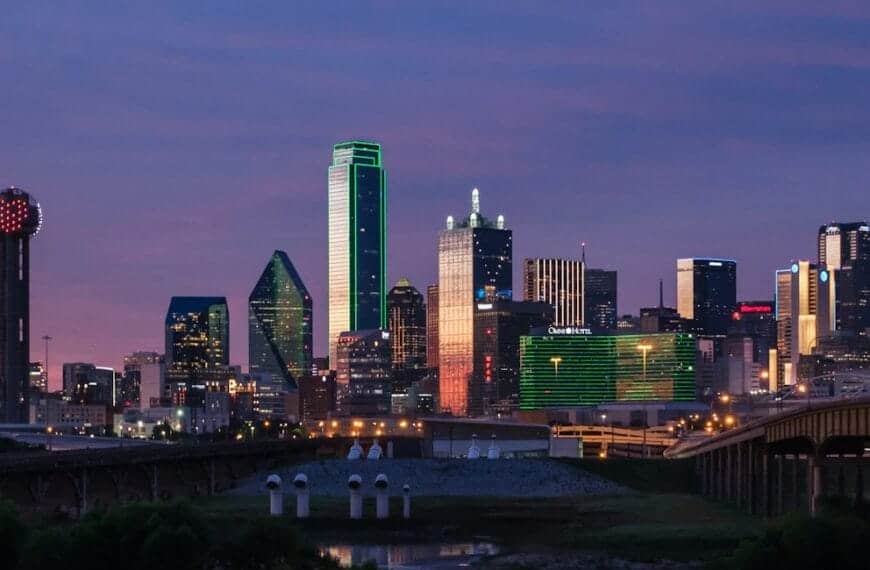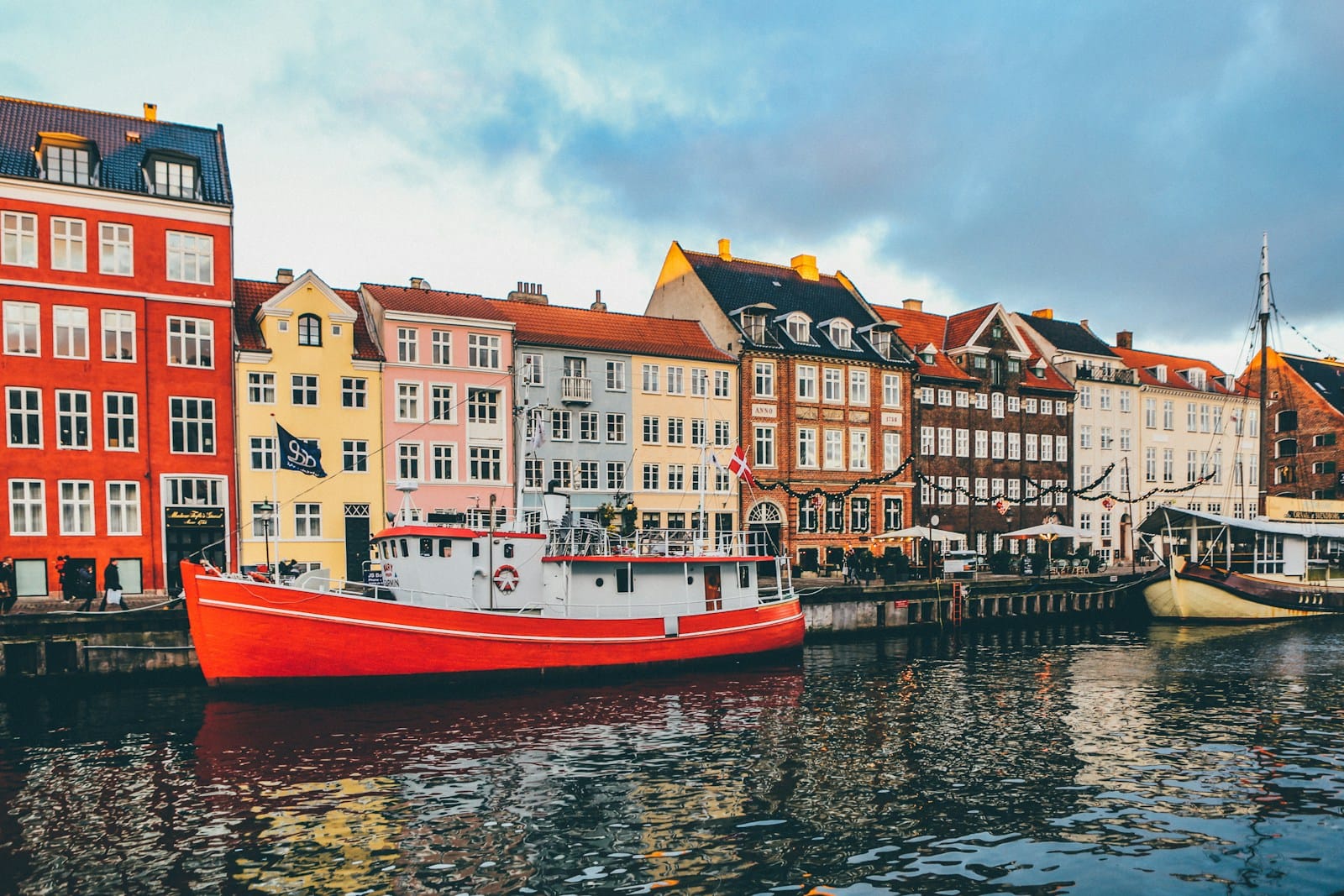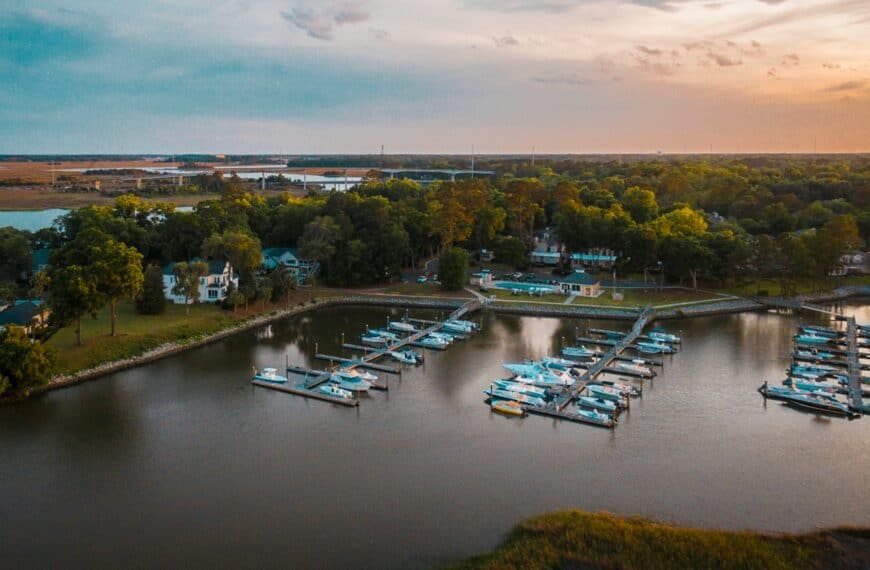Montserrat British Territory: Volcanoes, Culture & Calm
Intro to Montserrat British Territory
Small in size but epic in story, Montserrat is a British Overseas Territory in the Eastern Caribbean defined by contrasts — black-sand beaches and green jungle, volcanic scars and thriving regrowth, African-Irish roots and modern island life. Known as the “Emerald Isle of the Caribbean,” it offers a one-of-a-kind escape for those craving nature, history, and slow travel without the crowds.
Start your journey with our Montserrat tour guide and discover an island shaped by resilience, volcanoes, and rich island traditions.
Nearby Destinations to Explore from Montserrat
Antigua | Barbuda | Dominica | Guadeloupe | Marie-Galante | Nevis | Saint Kitts | Saint Martin | Saint-Barthélemy | Saint Croix | Saint John | Saint Thomas
💡Quick Facts:
Country: United Kingdom
Territory: Montserrat (British Overseas Territory)
Area: 102 km² (39 mi²)
Population: ~4,900 (2024 est.)
Density: ~48 people/km²
Capital: Brades (de facto), Plymouth (official but abandoned)
Regions/Subregions: Northern Zone (safe/inhabited), Exclusion Zone (volcanic hazard area)
Language(s): English
Currency: Eastern Caribbean Dollar (XCD)
Time Zone: Atlantic Standard Time (UTC–4)
Airports: John A. Osborne Airport (MNI)
Climate: Tropical; wet season June–November; dry season December–May
Known For: Soufrière Hills Volcano, buried capital Plymouth, black sand beaches, eco-adventures, Irish-Caribbean culture
🛂Arrival Info:
Entry Requirements: Valid passport required; return/onward ticket recommended
Visa-Free Countries: U.S., UK, EU, Canada, and most Commonwealth nations
Visa on Arrival: Not available
Maximum Tourist Stay: Up to 6 months visa-free (depending on nationality)
Electronic Travel Authorization: Not required
Visa Portal | Customs Info
💉Health Info:
Vaccines Recommended: Routine vaccinations; Hepatitis A and B suggested
Local Health Risks: Limited health infrastructure; volcanic ash can impact respiratory health
Hospitals: Glendon Hospital (Plymouth relocated); limited specialized care
English-Speaking Clinics: Yes
Terrain-Specific Concerns: Ash fall, landslides in rainy season, limited road access in southern zones
Insurance: Strongly recommended
Emergency Care: Air evacuation possible to Antigua or Guadeloupe for serious cases
✅ Check travel insurance options for travel emergencies, delays, and medical needs abroad — Get coverage here
✅ Stay Informed with Official Updates: WHO – International Travel & Health | CDC – Travel health updates
🚨Travel Advisory:
Current Alerts: Volcanic activity status (Monitored via MVO)
General Safety Level: Stable and safe; low crime
Regional Restrictions: Exclusion Zone in the south is restricted (entry only by permit)
Local Risks: Volcanic ash, occasional tropical storms
Civil Rights Concerns: None
City-Specific Alerts: No urban unrest; monitor weather/volcano reports before travel
✅ Stay Informed with Official Updates: US Travel Advisory | UK Foreign Travel Advice
📅Holidays:
Major Public Holidays:
– St. Patrick’s Day – March 17 (commemorates Irish heritage + slave uprising)
– Christmas Day – December 25
– Boxing Day – December 26
– Emancipation Day – First Monday of August
– New Year’s Day – January 1
Local Festivals & Events:
– St. Patrick’s Festival (mid-March) – 10-day cultural celebration
– Calabash Festival – July
– Carnival – December through New Year’s Day
💰Visitor Info:
Currency: Eastern Caribbean Dollar (XCD)
Exchange Tips: EC$ pegged to USD; U.S. dollars widely accepted
Cards & Tipping: Credit cards accepted at major hotels; cash preferred in villages
Duty-Free Limits: Caribbean regional rules apply
Cash-Only Areas: Most rural vendors and transport
Tourist Taxes: Hotel occupancy tax (7%)
Daily Budget Range:
– Budget: $60–$100
– Midrange: $120–$180
– Luxury: $200+
✈️Airports:
Main Airport:
– John A. Osborne Airport (MNI) – located in Gerald’s
Airlines: Fly Montserrat, Air Antigua
International Access: Via Antigua (ANU) with onward domestic flight
Classification: Regional
Airport Management
Transport Options: Taxis, rental cars (limited); no public buses
Distance to Capital: ~2 km from Brades
Runway Limitations: Short runway; small propeller aircraft only
✅ Delayed or canceled flight? Check if you’re eligible for compensation
🚍Transport:
Local Transit:
– No formal public transport system
– Taxis and private minibuses operate informally
– Road conditions variable; some unpaved or volcanic ash-covered
Intercity Transit: N/A — small territory
Driving Laws: Left side of the road; foreign license accepted for short stays
Rental Availability: Limited; book in advance
Common Scams: None reported; local drivers are generally reliable
✅ Book reliable airport transfers and in-city rides in advance. Reserve your ride here
📶Connectivity:
SIM & eSIM Access: Flow and Digicel are local carriers
Best Traveler SIMs: Flow prepaid (available in town)
Coverage Quality: Good in populated north; weak in exclusion zone and volcanic terrain
Public Wi-Fi: Limited to hotels and a few cafes
Roaming: Expensive — SIM or eSIM recommended
✅ Stay connected abroad with affordable eSIM data packs. Get your eSIM here
📜Laws & Etiquette:
Drinking Age: 18
Alcohol Rules: Legal in public spaces unless posted otherwise
Smoking Rules: No smoking in public buildings
LGBTQ+ Laws: No protections or legal recognition; discreet behavior recommended
Cultural Taboos: Respect for disaster recovery sites; avoid entering exclusion zone without permit
Behavior Norms: Friendly, relaxed island culture
Photography: Permitted, but avoid photographing restricted/abandoned government sites
🛡️Emergency Info:
Emergency Numbers:
– Police: 999
– Fire/Ambulance: 911
Tourist Assistance: Local police assist visitors; tourist office in Brades
Nearest Embassy: British High Commission in Antigua
Medical Emergency: Glendon Hospital or airlift to Antigua
Volcano Monitoring: Montserrat Volcano Observatory (MVO)
✅ Use embassy locator tools: Embassies Worldwide
🌦️Weather:
Best Time to Visit: December to May (dry season)
Rainy Season: June to November
Avg Temperatures: 24–30°C (75–86°F)
Rainfall Patterns: Short, heavy showers common in rainy season
Severe Weather Risks: Hurricanes (June–Nov); volcanic activity monitored year-round
Microclimates: Northern highlands cooler; southern zone uninhabitable
✅ Stay prepared—check the weather forecast for your destination — Weather Forecast
Montserrat Cities and Major Destinations
Montserrat is compact, but its northern settlements are deeply distinct. Each offers unique insight into local life post-volcano.
Brades – Functioning as the temporary capital since Plymouth’s evacuation, Brades is the administrative center with government offices, shops, and local services. It’s a practical base for exploring northern beaches and the Centre Hills.
Little Bay – This coastal hub is home to the island’s main ferry port and a growing tourism district. Beach bars, restaurants, and hotels cluster here, along with occasional open-air events and weekend nightlife.
Salem – Montserrat’s unofficial cultural heart. This inland town houses the Montserrat Cultural Centre and was home to AIR Studios. You’ll find schools, sports grounds, churches, and long-term residents proud of their heritage.
Woodlands – A quiet hilltop suburb with rainforest access, ocean views, and black-sand Woodlands Beach. Ideal for travelers seeking peaceful rentals and eco-accommodation.
Cudjoe Head & St. John’s – Inland villages offering local eateries and lookout points. Cudjoe Head is named after an enslaved African freedom fighter and has a notable statue in his honor.
Plymouth (Exclusion Zone) – Once the island’s capital, now a volcanic ghost town partially buried in ash. Access is only possible via authorized tours — a haunting, unforgettable sight and one of the most powerful places to visit in Montserrat.
Is Montserrat British Territory Safe and Open for Travel?
Yes, Montserrat is open to tourism and remains one of the safest Caribbean destinations to visit. Though the Soufrière Hills Volcano is active, all settlements, roads, and visitor infrastructure lie in the safe northern zone.
The Exclusion Zone — encompassing the buried capital Plymouth and the volcano’s immediate surrounds — is off-limits without a certified guide. The Montserrat Volcano Observatory continuously monitors seismic activity, and protocols are in place.
For peace-seekers, nature lovers, and those interested in culture and geology, Montserrat is both low-risk and richly rewarding.
How to Choose Where to Go in Montserrat
Each region of Montserrat appeals to different travelers. Here’s how to personalize your visit:
- For beach relaxation – Head to Little Bay or Woodlands Beach for swimming and scenic solitude.
- For hiking and wildlife – Base near Centre Hills or Woodlands for access to bird-rich trails.
- For culture and local life – Stay in Salem for heritage experiences, community events, and live music.
- For photography and geology – Book a licensed tour of Plymouth, Jack Boy Hill, and Garibaldi Hill for volcano views and ash-covered ruins.
The north is lush and settled; the south is raw, surreal, and still uninhabited. Choose accordingly.
Natural Escapes and Scenic Highlights
Montserrat’s landscapes are a spectacular blend of rebirth and beauty — from rugged coastlines to rainforest ridges.
Soufrière Hills Volcano – The island’s living, breathing mountain. Eruption in 1995 transformed Montserrat, burying Plymouth and reshaping the south. You can view it safely from multiple vantage points including Jack Boy Hill.
Centre Hills Forest Reserve – This cloud forest is teeming with life: the endemic Montserrat oriole, green-throated caribs, and orchids. Several trails run from Bamboo Trail to Oriole Walkway.
Rendezvous Bay – Montserrat’s only white-sand beach is a reward for hikers or kayakers. Snorkel, picnic, and swim in near-total privacy.
Woodlands Beach – A peaceful black-sand cove framed by steep cliffs. Sea turtles nest here, and waves crash in rhythm.
Jack Boy Hill & Garibaldi Hill – Two of the best lookouts for panoramic views of the Exclusion Zone, volcano dome, and surrounding forest. Great for sunrise photos or reflective moments.
Runaway Ghaut – A jungle spring with mythical power. Local lore says if you drink from it, you’re destined to return to Montserrat.
Cultural and Historic Landmarks
Montserrat’s cultural depth matches its geological drama. Explore stories of resistance, fusion, and global music legends.
Montserrat Cultural Centre (Salem) – Built with help from Sir George Martin, this venue hosts concerts, theater, and island events. It’s also the site of the annual St. Patrick’s Festival shows.
AIR Studios Ruins – Once a creative haven for The Rolling Stones, Elton John, and Dire Straits, the now-ruined studio tells a story of music, fame, and loss after Hurricane Hugo.
St. Patrick’s Festival Heritage Sites – Visit churches and streets central to the annual March festival that honors a historic 1768 slave uprising, combining African, Irish, and Caribbean heritage.
Cudjoe Head Statue – A proud landmark representing resistance and freedom, commemorating one of the island’s historic African leaders.
St. Martin de Porres Church – Rebuilt after the eruptions, it serves the faithful in Salem and doubles as a community gathering space.
Buried Plymouth – Accessible via guided tour, this Exclusion Zone site shows ash-covered buildings, submerged streets, and abandoned government structures — like a Caribbean Pompeii.
Local Food, Arts, and Regional Experiences
Montserrat’s culinary scene is local, unpretentious, and rooted in resilience.
- Signature Eats – Try goat water (a meaty island stew), saltfish and fungi (cornmeal mash), and fried plantain. Ask for “bush tea” and taste breadfruit when in season.
- Top Spots – Hit Pont’s Beach View, Olveston House Restaurant (former home of George Martin), or The Attic in Woodlands for seafood, stews, and island cocktails.
- Craft & Culture – Locally made jewelry, hand-carved volcanic stone, and calabash art are sold at Saturday markets and festival booths.
- St. Patrick’s Festival (March) – A 10-day cultural celebration with concerts, masquerades, freedom commemorations, and green-themed parades — all deeply local yet globally unique.
- Montserratian Music – Talk to locals who recall the AIR Studios days and learn about soca, calypso, and modern fusion on this tiny but mighty music island.
Must-See Experiences in Montserrat British Territory
Uncover the most meaningful things to do in Montserrat — immersive, authentic, unforgettable:
- Snorkel and picnic at Rendezvous Bay, only accessible by hike or kayak
- Walk the haunting streets of Plymouth with a licensed guide
- Hike the Oriole Walkway Trail through cloud forest canopy
- Watch the sun set from Garibaldi Hill, overlooking the Exclusion Zone
- Attend a St. Patrick’s Festival concert or street dance in March
- Take a photo beside Cudjoe Head Statue, then grab lunch nearby
- Drink from Runaway Ghaut, a natural spring with legend and serenity
Book immersive Montserrat tours and experience unforgettable things to do in Montserrat — from sacred festival traditions and volcano exploration to rainforest hiking and seaside cultural retreats.
Getting Around Montserrat
Travel is simple, but best with advance planning due to the island’s size and terrain.
- Ferries – The main route in is via ferry from Antigua (90 minutes, several times weekly). Immigration is handled in Little Bay.
- Flights – John A. Osborne Airport offers daily short flights from Antigua, ideal if weather affects ferry travel.
- Car Rentals – Recommended for flexibility. Drive on the left; roads are generally in good condition with light traffic.
- Taxis – Available at the ferry port and towns. Always agree on fare before starting. Rates are fixed but can vary by distance.
- Hiking & Walking – Several areas are foot-accessible. Centre Hills and Rendezvous Bay trails are well-marked.
Best Time to Visit Montserrat
Weather is warm year-round, but timing matters for events, nature, and cost to travel in Montserrat.
- December to April (Dry Season) – Best for festivals, hiking, and beach time. St. Patrick’s Festival is held in March.
- May to November (Wet Season) – Fewer crowds, greener landscapes, but more rain. September–October is peak hurricane risk.
- Birdwatching – Peak is November to March, when migratory species join endemics.
For culture and music, March is ideal. For rainforest treks, consider the early wet season in May.
Best Travel Itineraries in Montserrat British Territory
5-Day Nature & Culture Getaway
Day 1: Arrive via ferry, explore Little Bay, sunset drinks
Day 2: Hike to Rendezvous Bay + snorkel + beach picnic
Day 3: Explore Centre Hills + drink from Runaway Ghaut
Day 4: Guided tour of Plymouth + Jack Boy Hill
Day 5: Craft shopping in Salem + Cultural Centre visit
7-Day Festival & Volcano Experience (March)
Day 1–2: Arrive + settle in Woodlands
Day 3: Attend St. Patrick’s Day parade + street food
Day 4: Oriole Trail + local cooking class
Day 5: Visit AIR Studios + cultural talks
Day 6: Exclusion Zone tour + sunset on Garibaldi Hill
Day 7: Farewell beach time + departure
10-Day Wellness & Nature Circuit
Mix hiking, birding, meditation, and off-grid island life for reset-seekers and photographers.
Travel Safety and Cultural Etiquette in Montserrat
- Volcano Safety – Obey all Exclusion Zone boundaries. Only enter with authorized guides.
- Respect Culture – Greetings matter; say hello in shops or villages. Dress modestly in church or school zones.
- LGBTQ+ Travel – Legal status is conservative. Discretion advised.
- Mobile & Internet – Reliable in towns; patchy in forested zones. Wi-Fi in most hotels.
- Hurricane Season – Monitor alerts from June to November, especially when traveling during budget season.
Nearby States or Territories
Make your Montserrat adventure part of a wider island-hopping Caribbean journey.
- Antigua & Barbuda – Easy access, daily transport links, plus luxurious resorts and cultural contrast
- Guadeloupe – French-Caribbean blend with rainforest hikes, volcanoes, and Creole cuisine
- Dominica – More rugged nature, boiling lakes, waterfalls, and black-sand beaches
- St. Kitts & Nevis – Classic Caribbean charm with forts, sugar estates, and volcanic hiking
Antigua & Barbuda Travel Guide | Guadeloupe Travel Guide | Dominica Travel Guide | St. Kitts & Nevis Travel Guide
Final Planning Checklist for Montserrat British Territory
- Book ferry or flight early — routes fill fast during festival season
- Reserve a licensed guide for Plymouth or volcano excursions
- Bring bug spray, water shoes, and a small daypack for hikes
- Carry both EC dollars and USD — both widely accepted
- Download offline maps before forest hikes (Oriole Trail, Ghaut paths)
- Visit on March 17 for the unforgettable St. Patrick’s Festival
- Stay longer in Salem or Woodlands for local experiences and nature
Ready to explore the wild, soulful side of the Caribbean? Visit our full travel hub for more expert guides, off-grid adventures, and cultural tips to make Montserrat British Territory your most meaningful journey yet.

